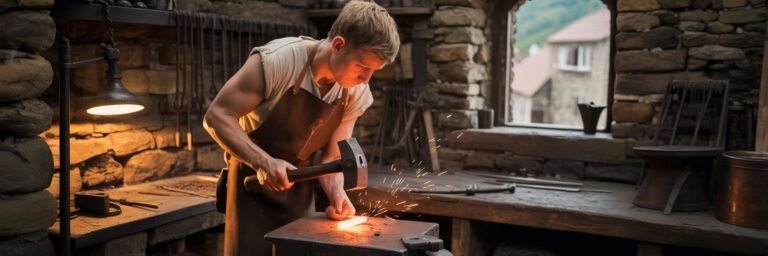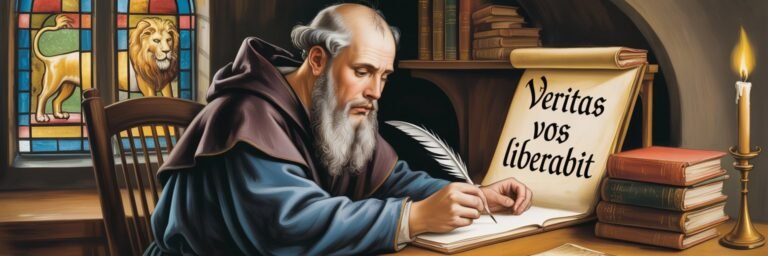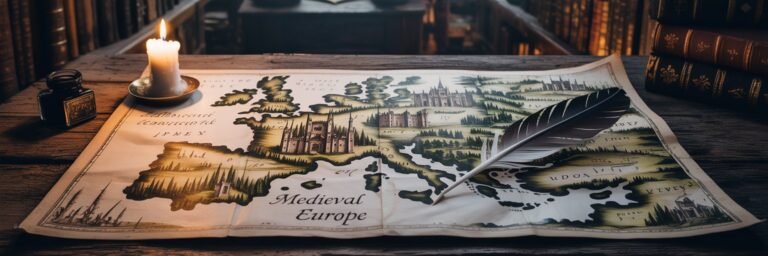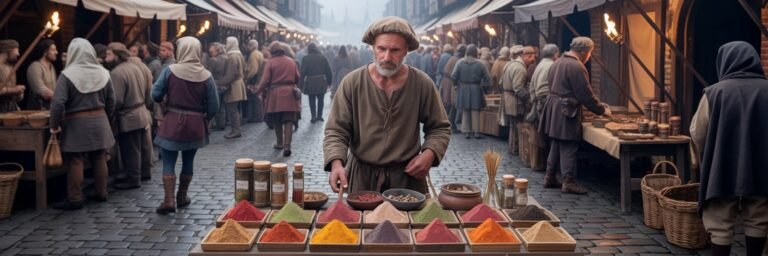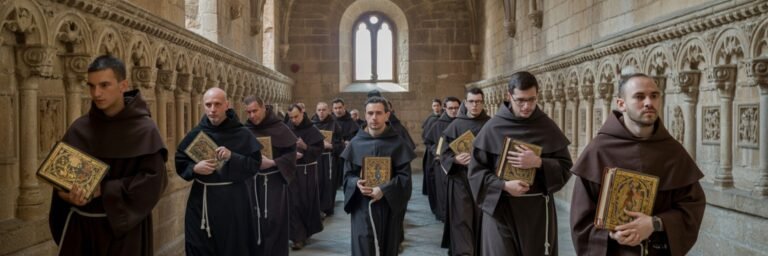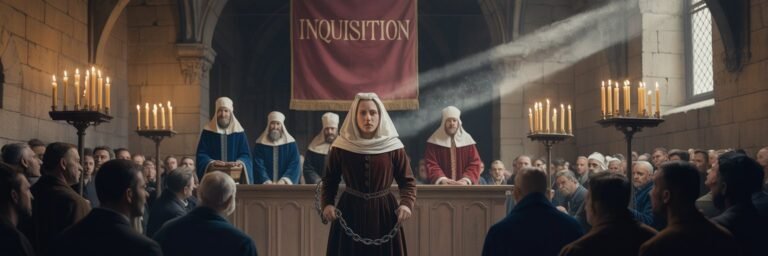INTRODUCTION
From grand cathedrals to the pages of illuminated manuscripts, medieval Europe holds a fascinating and pivotal place in the annals of human history. This era, spanning roughly from the fall of the Roman Empire in 476 AD to the onset of the Reformation in 1361 AD, saw the rise of feudalism and Christian hegemony, the blossoming of art and learning, and a web of political and religious conflicts that would shape the Old World and its New World successors.
HISTORICAL BACKGROUND
The Middle Ages began in the rubble of the Roman Empire, ushering in a period termed the ‘Dark Ages’ by Petrarch, an Italian scholar. Ignorance and illiteracy seemed to overcome the once sophisticated Roman culture. However, this gloom gradually lifted due to the tireless efforts of religious institutions. Monastic orders dedicated themselves to preserving and proliferating knowledge, copying and recopying classical texts, and laying what groundwork they could for a period of ‘rebirth,’ better known as the Renaissance.
Simultaneously, Medieval Europe saw the rise of feudalism, a strictly hierarchical system that defined the socio-political landscape. At the top were the nobility and the Church, with serfs and peasants at the bottom, bound by a complex web of obligations and debts – and armed conflict was a grim constant.
THEORIES AND INTERPRETATIONS
Medieval Europe’s historical interpretation has long been a subject of scholarly debate. Traditional perspectives, particularly those of the 19th-century historian Jacob Burckhardt, painted the Middle Ages as a crude interlude between the classical glories of Rome and the brilliance of Renaissance humanism. This approach, however, has been challenged.
Modern historians like David Abulafia argue that Medieval Europe was not a dark abyss of stagnation, but a dynamic era of adaptation and innovation. This period saw the origins of capitalism, the evolution of chivalry and courtly love, the ascendancy of Gothic architecture, and universities’ establishment.
MYSTERIES AND CONTROVERSIES
Medieval Europe is a treasure trove of mysteries and controversies, enough to fill countless volumes of history. The explosive controversy around the Knights Templar, a secretive and formidable military order with considerable financial clout, is one such example. Their sudden disbandment and persecution by French King Philip IV in 1307 sparked speculation about their wealth and possible heresy that continues today.
Another contentious and mysterious area is the role and power of women in the Middle Ages. Debates still simmer around figures like Eleanor of Aquitaine, who played a crucial political part in a supposedly male-dominated time.
SYMBOLISM AND CULTURAL SIGNIFICANCE
Medieval Europe brims with symbolic elements that have seeped into the modern world’s cultural consciousness. From a symbol of sovereign authority, the crown, to the inscrutable grail representing divine enlightenment, Medieval Europe teems with powerful symbols that shaped Western iconography.
The age of chivalry casts long shadows on modern concepts of ‘gentlemanly’ conduct. The knight’s code of honor, courage, and respect for women, all nurtured in the Middle Ages, has been passed down through generations.
Likewise, Gothic architecture, iconic with its pointed arches and ribbed vaults, continues to inspire modern architecture, symbolizing the Middle Ages’ spirituality and grandeur.
MODERN INVESTIGATIONS
Interdisciplinary investigations into Medieval Europe have offered richer, more nuanced insights into this period. Archaeologists, linguists, art historians, and even geneticists are shedding light on forgotten corners of medieval life, from the Common Agricultural Policy’s roots to the genomic origins of the Black Death.
Historiographically, the field has evolved considerably. From socio-economic analyses to examinations of gender, class, and race, modern historians are peeling back the layers of Medieval Europe in ways the Victorians would never have dreamed.
LEGACY AND CONCLUSION
Though distant, the Middle Ages continue to loom large in our cultural imagination. Medieval Europe influenced our political systems, with the foundations of common law and parliamentary democracy laid in the Middle Ages. The Church’s dominance shaped Western Christianity, impacting the global spread of the faith in the centuries that followed.
And in literature, the medieval echoes are loud. Tolkien’s “The Lord of the Rings” and George R.R. Martin’s “A Song of Ice and Fire” series are just two examples of epic sagas steeped in medieval imagery and ethos.
In conclusion, Medieval Europe continues to shape the course of history, threading itself through every aspect of our lives. From democracy to chivalry, the traces of this epoch are etched into our cultural memory, a testament to a time that was anything but ‘Dark.’ Thus, by examining and understanding the Middle Ages, we gain priceless insights into our present and future.

